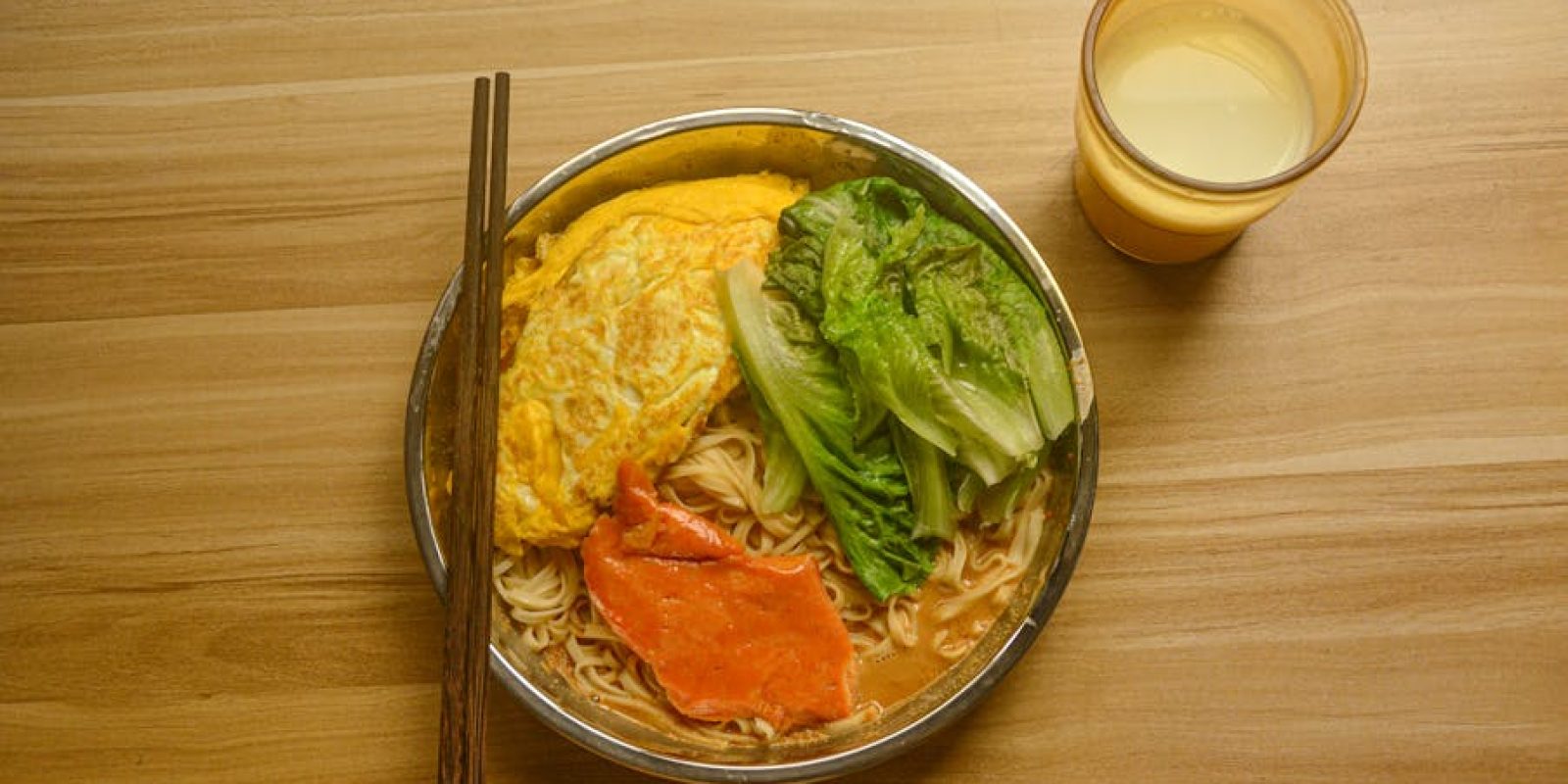Healthy Food in Filipino Cuisine: Nutritious Dishes
Filipino cuisine is renowned for its bold flavors and diverse dishes. While it’s often associated with hearty and indulgent meals, Filipino food also offers a plethora of nutritious options that are both delicious and healthy. This blog post aims to explore some of the most nutritious dishes in Filipino cuisine, providing you with delightful recipes that can contribute to a balanced diet.
The Nutritional Landscape of Filipino Cuisine
Filipino cuisine is a rich tapestry of flavors and ingredients influenced by various cultures, including Chinese, Spanish, and American. Despite its reputation for being rich and flavorful, many Filipino dishes are packed with essential nutrients that promote good health. Incorporating these dishes into your diet can offer numerous health benefits, thanks to their natural ingredients and cooking methods.
The Importance of a Balanced Diet
A balanced diet is crucial for maintaining good health and preventing chronic diseases. According to the World Health Organization, a healthy diet helps protect against malnutrition and noncommunicable diseases such as diabetes, heart disease, and cancer. Filipino cuisine, with its abundance of fresh vegetables, lean proteins, and whole grains, can play a significant role in achieving dietary balance.
Nutritious Filipino Dishes to Try
Here are some nutritious Filipino dishes that are not only healthy but also incredibly satisfying:
1. Tinolang Manok
Tinolang Manok, or chicken tinola, is a heartwarming soup that combines chicken with ginger, green papaya, and leafy greens such as malunggay or spinach. This dish is rich in protein and vitamins, making it an excellent choice for a nourishing meal. The ginger in tinola is known for its anti-inflammatory properties, while the malunggay leaves are packed with vitamins A, C, and iron.
2. Laing
Laing is a savory dish made from dried taro leaves cooked in coconut milk with chili peppers and shrimp paste. Taro leaves are a great source of dietary fiber, which aids in digestion and helps maintain healthy cholesterol levels. The coconut milk provides healthy fats that support brain function and heart health. This dish is a flavorful way to incorporate more greens into your diet.
3. Ensaladang Talong
Ensaladang Talong, or eggplant salad, is a simple yet nutritious dish that combines grilled eggplant with tomatoes, onions, and a tangy vinaigrette. Eggplants are low in calories but high in antioxidants, vitamins, and minerals. This salad is a refreshing side dish that pairs well with grilled meats or fish, making it a perfect addition to any meal.
Health Benefits of Key Ingredients
Understanding the health benefits of key ingredients in Filipino cuisine can help you make informed dietary choices:
Role of Vegetables in Filipino Dishes
Vegetables are pivotal in Filipino cooking and are often used in soups, stews, and salads. Common vegetables include bitter melon, okra, and squash, each offering unique health benefits. For instance, bitter melon is known to help regulate blood sugar levels, while okra is rich in vitamins C and K.
Lean Proteins for Muscle Health
Filipino cuisine features a variety of lean proteins, including chicken, fish, and tofu. These protein sources are essential for building and repairing tissues, making them a vital part of any diet. Fish, especially fatty fish like bangus (milkfish), is high in omega-3 fatty acids, which support heart health and reduce inflammation.
Whole Grains for Sustained Energy
Whole grains such as brown rice and quinoa are increasingly incorporated into Filipino meals. These grains provide complex carbohydrates, which are vital for sustained energy and satiety. Replacing white rice with brown rice in traditional dishes can enhance their nutritional value and help maintain healthy blood sugar levels.
Tips for Making Filipino Dishes Healthier
Here are some actionable tips to make your Filipino meals healthier without compromising on taste:
Use Healthier Cooking Methods
Opt for grilling, steaming, or baking instead of frying. These methods preserve the nutritional content of the ingredients while reducing unnecessary fat intake. For example, grilling fish or chicken imparts a delicious smoky flavor without the added fats from frying.
Reduce Sodium and Sugar
Many Filipino dishes use soy sauce, fish sauce, or bagoong (fermented fish paste), which can be high in sodium. Consider using lower-sodium versions or reducing the amount used in recipes. Similarly, limit the use of sugar in dishes like adobo by using natural sweeteners or adjusting the recipe to taste without added sugar.
Incorporate More Vegetables
Boost the nutritional content of your meals by adding more vegetables. You can do this by serving a vegetable side dish with every meal or by incorporating additional vegetables into main dishes. For instance, adding more leafy greens to sinigang (a sour soup) can enhance its nutritional profile.
Conclusion: Embrace the Healthier Side of Filipino Cuisine
Filipino cuisine offers a wide array of nutritious dishes that can contribute to a balanced and healthy diet. By choosing meals that emphasize fresh vegetables, lean proteins, and whole grains, you can enjoy the rich flavors of the Philippines while maintaining a healthy lifestyle. With a few simple adjustments and substitutions, you can savor the delights of Filipino food without compromising your health goals.
As you explore the nutritious side of Filipino cuisine, remember that the key to a healthy diet is variety and balance. Enjoy experimenting with different ingredients and cooking methods to discover the best ways to incorporate these delicious and healthy dishes into your meal plan. Bon appétit!



